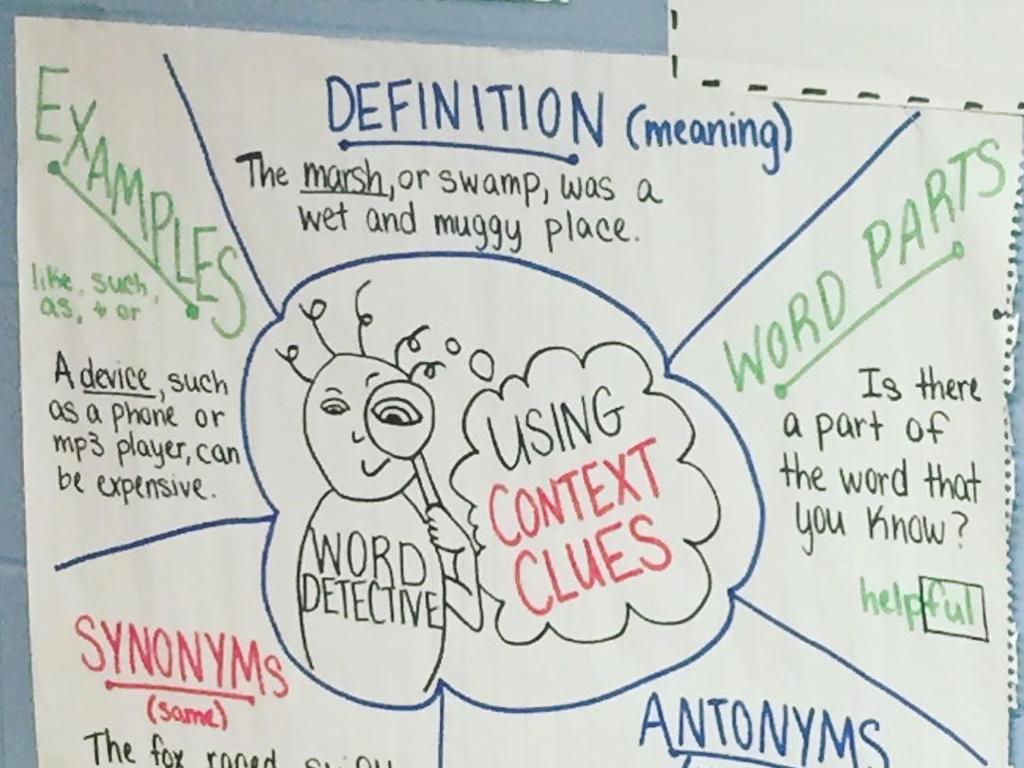Washington'S Presidency: Part Ii
Subject: Social studies
Grade: Eighth grade
Topic: The Early Republic
Please LOG IN to download the presentation. Access is available to registered users only.
View More Content
Washington’s Presidency: Part II
– Recap of the Early Republic
– Review key events and policies from our last class
– Explore Washington’s second term
– Delve into the challenges and achievements in his second term
– Analyze Washington’s leadership impact
– Discuss how Washington set precedents for future presidents
– Significance of his presidency
– Understand how his decisions shaped the young nation
|
This slide transitions from a review of the Early Republic to a focused discussion on George Washington’s second term as president. Begin by recapping the previous class to refresh students’ memories. Then, introduce the main challenges and achievements of Washington’s second term, emphasizing the impact of his leadership on the new nation. Highlight the precedents he set, such as the two-term limit and the establishment of a strong central government. Discuss the long-term significance of his presidency, including how his decisions influenced the future of the United States. Encourage students to consider the lasting effects of Washington’s presidency on today’s political landscape.
Washington’s Presidential Cabinet
– Formation of the first Cabinet
– Washington appointed well-known figures like Jefferson and Hamilton.
– Cabinet members’ roles
– Secretaries handled War, Treasury, State, and Attorney General duties.
– Cabinet’s support to Washington
– Advised on key issues like economy and foreign policy.
– Impact on future presidencies
– Set a precedent for advisory bodies in governance.
|
This slide aims to explain the establishment of the first Presidential Cabinet under George Washington and its significance. Highlight the roles of the initial cabinet members, including Thomas Jefferson (Secretary of State), Alexander Hamilton (Secretary of the Treasury), Henry Knox (Secretary of War), and Edmund Randolph (Attorney General). Discuss how their expertise in various areas supported Washington’s decision-making process and helped shape the nation’s early policies. Emphasize the cabinet’s role in advising the president on critical matters and how this practice has influenced the structure of future presidential administrations. Encourage students to consider the importance of having a diverse group of advisors in leadership positions.
Domestic Policies During Washington’s Presidency
– The Whiskey Rebellion’s impact
– Showed the federal government’s power to enforce laws
– Hamilton’s Financial Plan
– Aimed to stabilize the American economy
– Creation of the National Bank
– Centralized the nation’s finances, controversial move
– Challenges in policy implementation
– Opposition from states’ rights advocates, logistical issues
|
This slide delves into the key domestic policies during George Washington’s presidency. The Whiskey Rebellion was a significant event that demonstrated the federal government’s ability to enforce its laws, which was a critical step in establishing federal authority. Alexander Hamilton’s Financial Plan was pivotal in stabilizing the post-Revolution American economy, and the establishment of the National Bank was a cornerstone of this plan, despite facing significant opposition. Students should understand the complexities and challenges faced by the early government in implementing these policies, including resistance from those who favored states’ rights and the logistical difficulties of governing a new nation. Discuss the long-term effects of these policies on the shaping of the federal government.
Foreign Affairs During Washington’s Presidency
– Neutrality Proclamation
– Proclaimed U.S. neutral in Euro conflicts, pivotal for new nation
– Jay’s Treaty with Britain
– Averted war, resolved pre-Revolution issues, faced heavy criticism
– Pinckney’s Treaty with Spain
– Established intentions with Spain, secured navigation of Mississippi
– Impact on U.S. foreign policy
|
This slide delves into the critical foreign policy decisions during George Washington’s presidency. The Neutrality Proclamation of 1793 was a significant step, asserting the United States’ position as neutral amidst European conflicts, which was essential for the young nation’s survival and growth. Jay’s Treaty, though controversial, helped prevent war with Britain and resolved several lingering issues from the Revolutionary War period. Pinckney’s Treaty with Spain was also a strategic move that helped establish peaceful relations with Spain and secured the United States’ right to navigate the Mississippi River, which was crucial for trade. These treaties and proclamations laid the groundwork for the United States’ foreign policy and demonstrated the challenges of maintaining sovereignty and neutrality.
Washington’s Farewell Address: A Lasting Legacy
– Key points of the Address
– Washington’s guidance for America’s future, warning against permanent alliances
– Advice on foreign policy
– Urged to avoid entangling foreign alliances and to focus on independent prosperity
– Views on political parties
– Warned of the divisive nature of political parties on national unity
– Address’s enduring impact
– The Address has influenced U.S. policy and political ideology for centuries
|
Washington’s Farewell Address is a foundational document in American political history, offering insight into his vision for the country’s future. It emphasized the importance of national unity and the dangers of divisive political factions. Washington’s advice on foreign policy, advocating for neutrality and caution in international relations, has shaped the nation’s approach to global affairs. His warnings about political parties have been echoed throughout American history, reminding us of the potential for internal division. This slide will explore the key aspects of the Address and its lasting impact on the United States, providing students with a deeper understanding of the principles that have guided American leaders since the nation’s inception.
Washington’s Enduring Legacy
– Washington’s contributions to the republic
– Established the Cabinet system, two-term tradition
– Precedents set for future presidents
– Judicial system, national bank, foreign policy norms
– Washington’s lasting impact
– His Farewell Address advised against permanent alliances
– Reflect on his presidential legacy
|
This slide aims to encapsulate the significant role George Washington played in shaping the United States during its formative years. Highlight Washington’s key contributions, such as the establishment of the Cabinet system and the tradition of serving only two terms. Discuss the precedents he set, which include the formation of the judicial system, the creation of a national bank, and setting norms for foreign policy. Emphasize the lasting impact of his decisions, particularly through his Farewell Address, which warned against permanent foreign alliances and political parties. Encourage students to think critically about how Washington’s actions and policies continue to influence the presidency today.
Role-Play: Washington’s Cabinet Meeting
– Form groups for cabinet role-play
– Discuss domestic or foreign issues
– Consider the Whiskey Rebellion or relations with Britain or France
– Present solutions to the class
– Reflect on impacts to U.S. future
– How might these decisions affect today’s policies?
|
This class activity is designed to immerse students in the historical context of President Washington’s administration. By role-playing a cabinet meeting, students will engage with the material in an interactive way, fostering a deeper understanding of the domestic and foreign challenges faced during the early years of the United States. Teachers should guide students to research and discuss key issues such as the Whiskey Rebellion or foreign treaties. After presenting their solutions, students should reflect on the long-term effects of these early decisions on American history. Possible activities include debating the merits of Hamilton’s financial plan, addressing the Citizen Genet affair, or resolving conflicts with Native American tribes. This exercise will help students grasp the complexities of policy-making and its lasting impact.






